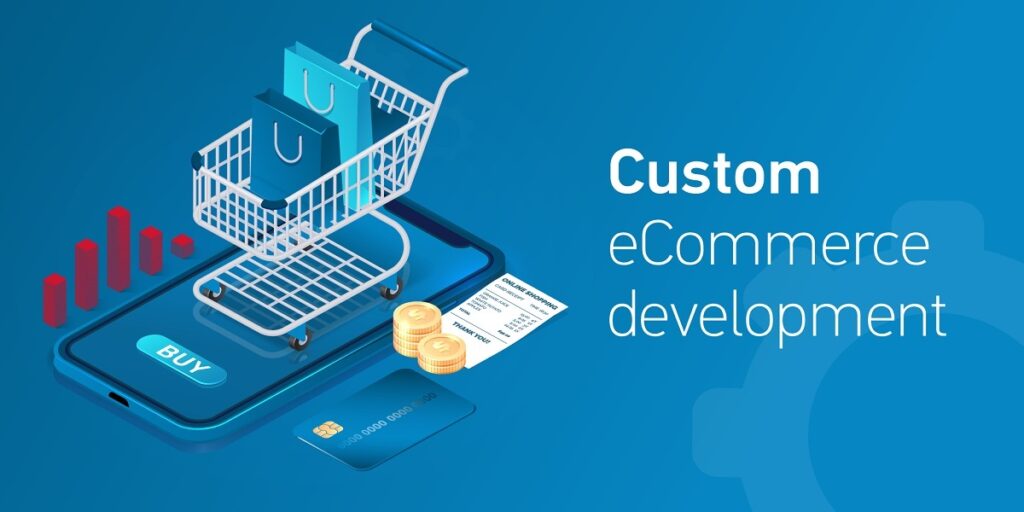
Shopify, WooCommerce, BigCommerce, and similar platforms have democratized e-commerce, enabling millions of entrepreneurs to launch online stores with minimal technical expertise. These platforms offer convenience, speed to market, and a wealth of pre-built features that make them ideal starting points for most e-commerce ventures.
However, as your online business grows and evolves, the very features that made these platforms attractive initially can become significant limitations. The templates that enabled your quick launch now make you look like every other store. The plugins that added functionality now slow your site and create security vulnerabilities. The pricing model that seemed affordable is now eating into your margins as transaction volumes increase.
According to recent e-commerce industry analysis, approximately 38% of online retailers using platform-based solutions report hitting critical limitations within three years of operation. For businesses processing over $1 million annually, this percentage jumps to 67%. The question facing successful e-commerce entrepreneurs isn’t if they’ll need something more robust, but when—and what that transition looks like.
This comprehensive guide explores the specific scenarios when your online store has outgrown Shopify and similar platforms, and why custom web application development becomes not just beneficial, but essential for continued growth and competitiveness.
Understanding the Platform Paradox
Before diving into when you need custom solutions, it’s important to understand the fundamental paradox of e-commerce platforms: they’re simultaneously too much and not enough.
Too Much in that you pay for infrastructure, features, and capabilities you may never use. Platform pricing models are designed around their costs, not your specific needs.
Not Enough in that when you need something truly unique or specific to your business model, you’re constrained by what the platform allows—limited by their API, their app ecosystem, or their fundamental architecture.
This paradox becomes increasingly problematic as your business grows, your customer expectations evolve, and your competitive differentiation demands become more sophisticated.
1. Your Business Model Doesn’t Fit the Standard E-commerce Template

Platform-based solutions are built for conventional retail models: list products, customers add to cart, checkout, ship. This works brilliantly for straightforward retail—until your business requires something different.
Non-Standard Business Models That Struggle on Platforms:
Subscription Services with Complex Logic While platforms offer subscription plugins, they struggle with sophisticated scenarios:
- Usage-based billing with multiple pricing tiers
- Hybrid subscription models (part recurring, part one-time)
- Mid-cycle subscription modifications with prorated billing
- Complex member benefit systems tied to subscription history
- Subscription boxes with extensive customization options
Made-to-Order or Custom Configuration Products If customers configure products with hundreds of options, calculating pricing dynamically, and generating custom manufacturing specs, standard platforms hit walls quickly:
- Complex product configurators with real-time pricing
- Visual customization tools that generate production files
- Integration with manufacturing systems for automated order processing
- Quote generation for complex B2B products requiring approval workflows
Marketplace Models Running a multi-vendor marketplace on Shopify is possible but severely limited:
- Sophisticated vendor management with individual permissions
- Complex commission structures based on product categories, vendor performance, or sales volume
- Separate vendor dashboards with detailed analytics
- Automated vendor payouts with accounting integration
- Quality control and approval workflows for vendor products
Rental or Booking-Based E-commerce Platforms struggle with inventory that’s time-based rather than quantity-based:
- Equipment rental with availability calendars and maintenance scheduling
- Service booking integrated with inventory and staff scheduling
- Venue or space rental with complex pricing based on time, capacity, and add-ons
- Subscription boxes with flexible skip, pause, and swap functionality
The Custom Solution: Custom web application development allows you to build the exact business model you envision without forcing your operations into pre-existing templates. Your checkout flow, inventory management, pricing logic, and customer experience can all be designed around your specific business requirements rather than platform limitations.
2. Transaction Fees Are Eating Your Margins

One of the most financially compelling reasons to move beyond platforms is the cumulative impact of transaction fees. While a 2.9% + $0.30 per transaction might seem reasonable when you’re processing $10,000 monthly, the math changes dramatically at scale.
The Real Cost at Volume:
At $100,000 monthly revenue:
- Transaction fees: ~$3,200/month ($38,400 annually)
- Platform subscription: ~$300/month ($3,600 annually)
- Total platform costs: ~$42,000 annually
At $500,000 monthly revenue:
- Transaction fees: ~$16,000/month ($192,000 annually)
- Platform subscription + enterprise features: ~$2,000/month ($24,000 annually)
- Total platform costs: ~$216,000 annually
At $1,000,000 monthly revenue:
- Transaction fees: ~$32,000/month ($384,000 annually)
- Enterprise platform + apps: ~$5,000/month ($60,000 annually)
- Total platform costs: ~$444,000 annually
These figures assume standard pricing—many businesses pay higher rates depending on their risk profile, product category, or international sales mix.
The Custom Alternative:
With custom web application development, you pay standard payment processor fees (often negotiable at volume) without the platform markup. While custom development requires upfront investment and ongoing hosting costs, the math typically favors custom solutions for businesses processing over $500,000 annually.
Example comparison over 3 years for a business growing from $500K to $1M monthly:
- Platform costs: ~$800,000
- Custom development + hosting + maintenance: ~$350,000
- Savings: ~$450,000 (while gaining complete control and custom capabilities)
For high-volume e-commerce businesses, this isn’t just about cost savings—it’s about profit margin. In a competitive market where margins are often thin, recovering 2-3% of gross revenue directly impacts bottom-line profitability.
3. You Need Unique Customer Experiences That Platforms Can’t Deliver
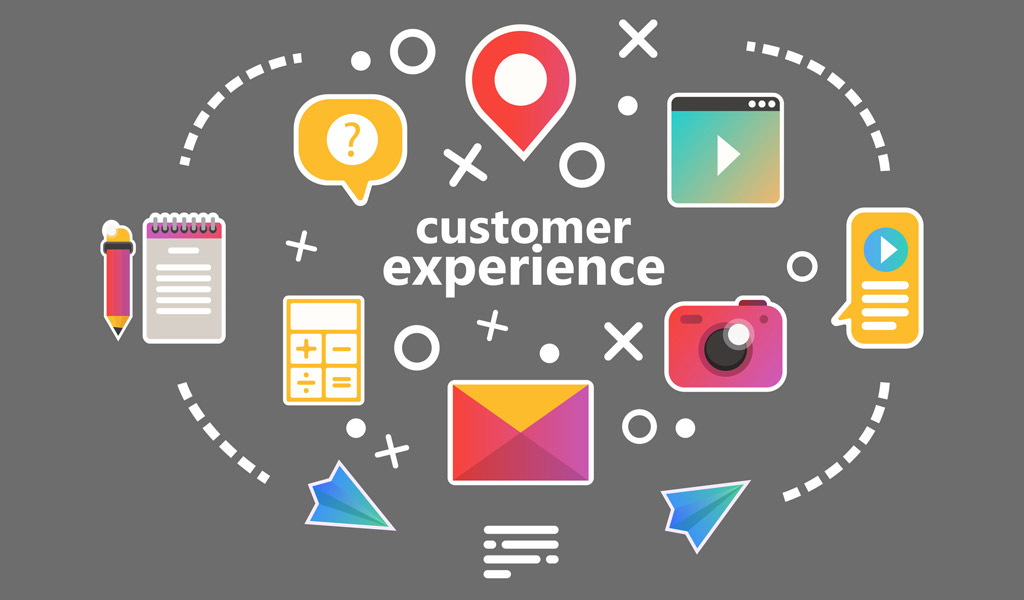
Customer experience has become the primary differentiator in e-commerce. When your product selection can be replicated and shipping speeds are commoditized, the shopping experience itself becomes your competitive moat.
Experience Limitations of Platform-Based Stores:
Personalization Beyond Basic Recommendations Platform plugins offer “customers who bought this also bought that,” but sophisticated personalization requires deeper capabilities:
- Dynamic homepage content based on browsing history, purchase patterns, and predicted intent
- Personalized navigation and category displays that evolve with customer behavior
- Real-time inventory display based on customer location and preferred fulfillment method
- Customized pricing or promotions based on customer lifetime value or segment
- AI-driven style profiles that curate products to individual aesthetic preferences
Interactive Product Experiences Modern consumers expect to interact with products digitally before purchasing:
- 3D product visualization with zoom, rotate, and environment placement
- Augmented reality try-before-you-buy experiences
- Virtual showrooms or guided shopping experiences
- Interactive product comparison tools tailored to your specific product attributes
- Video integration that responds to customer interaction patterns
Seamless Omnichannel Experiences True omnichannel requires backend integration that platforms struggle to provide:
- Real-time inventory visibility across online, physical stores, and warehouses
- Unified customer profiles that recognize them regardless of touchpoint
- Buy-online-pickup-in-store with accurate real-time availability
- Seamless experience between mobile app, website, and physical locations
- Consistent loyalty program across all channels with instant point redemption
Custom Checkout Flows The checkout process is where most sales are lost. Custom development allows optimization platforms can’t offer:
- One-click replenishment for repeat purchases
- Flexible payment options including payment plans, layaway, or trade-in credits
- Multi-cart functionality for different shipping addresses or gift recipients
- Group buying or split payment options
- Context-aware address validation and shipping option optimization
The Competitive Advantage:
Companies like Desol Int, specialize in creating custom web application development solutions that transform customer experience from generic to exceptional. When your shopping experience is truly unique, customers remember your brand, return more frequently, and become advocates—competitive advantages that directly impact customer acquisition costs and lifetime value.
4. Integration Requirements Exceed Platform Capabilities
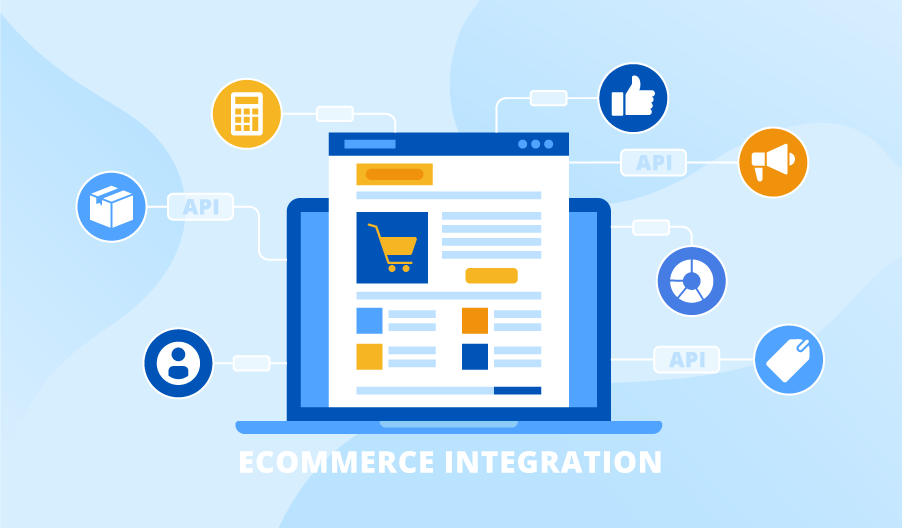
Modern e-commerce doesn’t exist in isolation. Your online store needs to communicate seamlessly with ERP systems, inventory management, warehouse automation, customer service platforms, marketing tools, accounting software, and more.
Common Integration Challenges:
ERP and Inventory Management Platforms offer basic integrations, but sophisticated requirements often hit walls:
- Real-time inventory synchronization across multiple warehouses and sales channels
- Complex product variant management with attributes beyond platform limits
- Lot number, serial number, or expiration date tracking for regulated products
- Multi-location inventory allocation based on shipping optimization
- Automated reordering and purchase order generation based on sales velocity
Fulfillment and Logistics As you grow, fulfillment complexity increases exponentially:
- Integration with 3PL providers using proprietary systems
- Multi-warehouse fulfillment optimization based on inventory, location, and shipping costs
- Custom shipping rules based on product mix, order value, or customer segment
- Automated tracking updates and exception handling
- Returns management with automated restocking and refund processing
Customer Data Platforms Understanding your customers requires data consolidation platforms struggle with:
- Unified customer profiles combining web, mobile app, purchase, and customer service data
- Real-time behavioral data feeding marketing automation and personalization engines
- Custom analytics tracking business-specific KPIs beyond standard e-commerce metrics
- Data warehouse integration for sophisticated business intelligence and forecasting
Marketing Technology Stack Modern marketing requires seamless data flow:
- Real-time customer segment updates across email, SMS, and advertising platforms
- Dynamic content personalization based on comprehensive customer profiles
- Attribution tracking that connects marketing spend to actual revenue
- Automated campaign triggers based on complex customer behavior patterns
The Custom Advantage:
Custom web application development allows you to design integration from the ground up. Rather than forcing disparate systems to communicate through limited APIs and middleware, you can build a cohesive ecosystem where data flows naturally and efficiently. This eliminates data silos, reduces manual intervention, and enables the sophisticated automation that drives operational efficiency at scale.
5. Page Speed and Performance Are Costing You Conversions
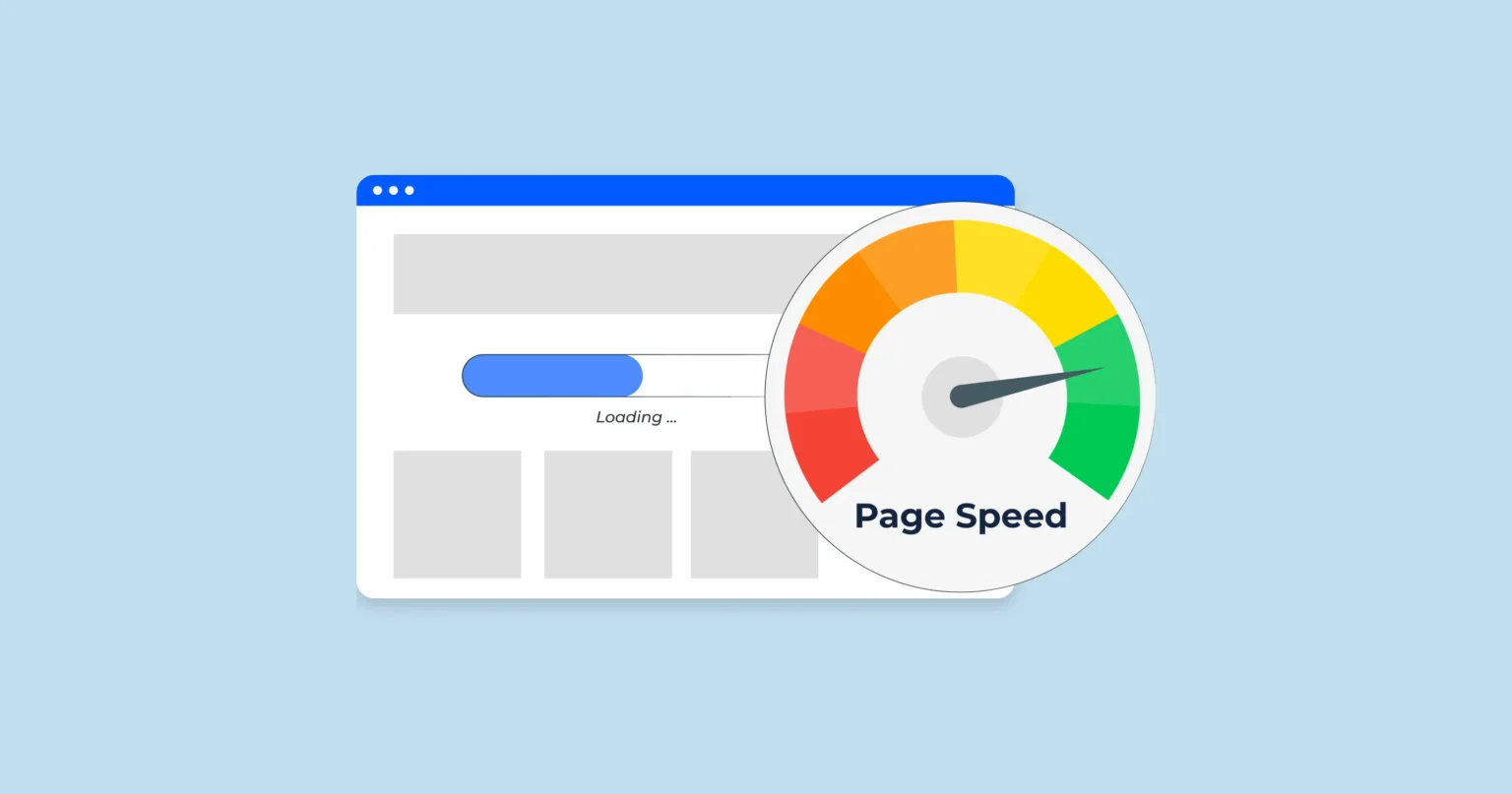
Site performance directly impacts conversion rates. Google research indicates that as page load time increases from 1 second to 3 seconds, bounce probability increases by 32%. At 5 seconds, it increases by 90%.
Platform Performance Limitations:
Theme and App Bloat Platform stores accumulate performance debt over time:
- Each app adds JavaScript, CSS, and API calls that slow page loads
- Themes include features you don’t use but still impact performance
- Multiple apps with overlapping functionality create conflicts and redundancy
- Limited control over resource loading and optimization
Infrastructure Constraints Platforms share infrastructure across millions of stores:
- Shared hosting means your performance is affected by other stores’ traffic
- Limited control over caching strategies and CDN configuration
- No ability to optimize database queries or server-side processing
- Restrictions on image optimization beyond basic compression
- Cookie and tracking script management that’s not tailored to your specific needs
Mobile Performance With over 70% of e-commerce traffic now mobile, mobile performance is critical:
- Limited ability to create truly optimized mobile experiences
- Responsive design adds overhead compared to mobile-first custom builds
- Progressive Web App (PWA) capabilities are limited or require workarounds
- App-like experiences require separate mobile app development
Performance Impact on Revenue:
For an e-commerce site generating $100,000 monthly:
- 1-second delay in load time: ~$7,000 monthly loss (7% conversion drop)
- 3-second delay: ~$16,000 monthly loss (16% conversion drop)
- 5-second delay: ~$25,000 monthly loss (25% conversion drop)
These aren’t theoretical numbers—they’re based on extensive industry research and A/B testing data from major e-commerce operations.
Custom Performance Optimization:
With custom development, every line of code serves a purpose. You control:
- Exact features implemented (no bloat from unused functionality)
- Server infrastructure optimized for your specific traffic patterns
- Database optimization for your query patterns
- Advanced caching strategies tailored to your content update frequency
- Image and asset optimization customized to your product types
- Progressive enhancement for mobile-first experiences
The result is stores that load in under a second, even on slow mobile connections—driving conversion rates that platform-based competitors simply cannot match.
6. You’re Entering International Markets with Complex Requirements

Domestic e-commerce is complex enough, but international expansion introduces layers of requirements that platforms handle inadequately.
International E-commerce Challenges:
Multi-Currency with Dynamic Pricing Platforms offer currency conversion, but sophisticated international pricing requires more:
- Regional pricing strategies based on purchasing power, not just exchange rates
- VAT, GST, and sales tax calculations for multiple jurisdictions
- Dynamic pricing that considers shipping costs, tariffs, and landed cost
- Price display that aligns with local conventions and regulations
Localization Beyond Translation True localization goes far beyond translating product descriptions:
- Culturally appropriate imagery, colors, and messaging
- Region-specific product catalogs with different availability
- Local payment methods (Alipay, iDeal, Boleto, etc.)
- Compliance with regional privacy laws (GDPR, CCPA, LGPD)
- Local shipping carrier integration and address format validation
Cross-Border Logistics International fulfillment is exponentially more complex:
- Customs documentation generation and management
- Duties and tariffs calculation and collection
- Multi-jurisdiction inventory management
- Regional warehouse fulfillment optimization
- Returns and exchanges across borders
Regional Compliance and Regulations Each market has unique requirements:
- Consumer protection laws affecting return policies and terms
- Product labeling and description requirements
- Data residency and privacy regulations
- Accessibility standards (WCAG, ADA compliance)
- Age verification for restricted products
Scaling Internationally with Custom Solutions:
Custom web application development enables international expansion in ways platform solutions cannot match. You can build region-specific experiences while maintaining operational efficiency through shared backend infrastructure. Companies expanding globally need technology that adapts to market nuances while maintaining brand consistency and operational control.
7. Security and Compliance Requirements Exceed Platform Standards
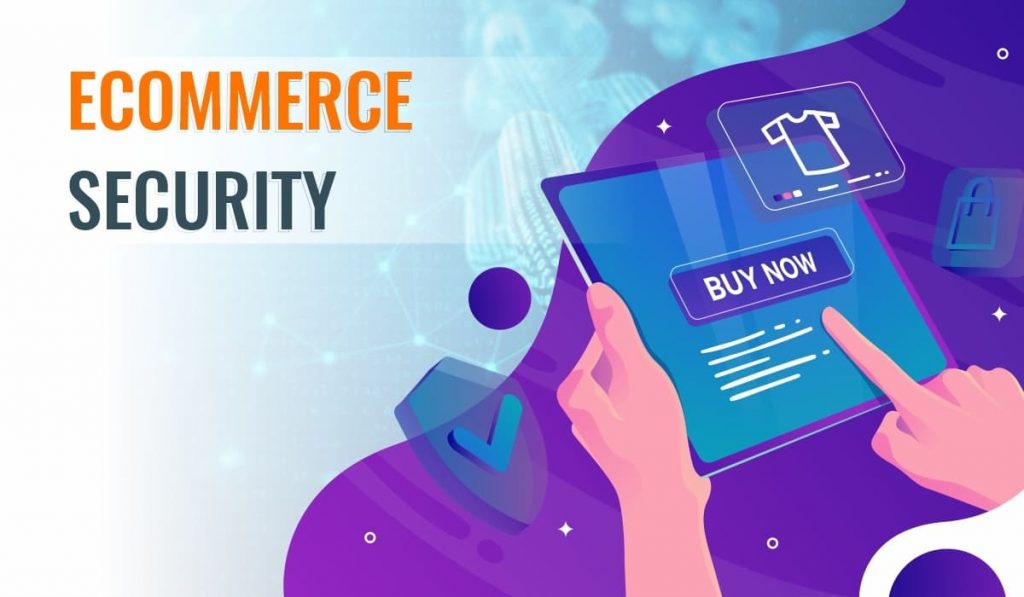
For certain product categories and business models, security and compliance aren’t optional—they’re existential requirements.
High-Security E-commerce Scenarios:
Regulated Products Selling pharmaceuticals, supplements, alcohol, firearms, or cannabis requires:
- Age verification with ID scanning and database checks
- Purchase limits and tracking across transactions
- Compliance reporting for regulatory bodies
- Controlled substance tracking from source to consumer
- Audit trails that meet regulatory scrutiny standards
High-Value Luxury Goods Luxury retailers face unique security challenges:
- Fraud prevention beyond standard payment gateway screening
- Authentication and provenance documentation
- VIP customer privacy protections
- Exclusive access controls for limited releases
- Insurance and loss prevention integration
B2B and Wholesale Business customers require different security models:
- Complex approval workflows for large purchases
- Multi-level account permissions for buying organizations
- Credit line management and invoicing
- Purchase order integration and contract pricing enforcement
- Data segregation between competing customer accounts
Healthcare and Medical Devices HIPAA compliance adds significant requirements:
- Protected health information handling
- Prescription verification and management
- Healthcare provider account verification
- Secure patient portals for order and prescription management
- Integration with electronic health records systems
Custom Security Implementation:
While platforms achieve PCI compliance and basic security standards, custom web application development allows you to implement security appropriate to your specific risk profile. This includes custom authentication systems, advanced fraud detection, specialized encryption for sensitive data, and audit logging that meets your regulatory requirements.
For businesses where security breaches could result in regulatory penalties, lawsuits, or brand damage, the investment in custom security infrastructure isn’t optional—it’s essential risk management.
8. You Want Your Technology to Be a Competitive Asset, Not a Commodity

Perhaps the most strategic reason to move beyond platforms is competitive positioning. When you and your competitors use the same platform, you compete within the same constraints and with similar capabilities.
The Commoditization Problem:
Template Similarity Even with custom themes, platform stores share recognizable patterns:
- Similar navigation structures
- Comparable checkout flows
- Equivalent functionality sets
- Familiar user interface patterns
Customers shopping across multiple stores in your niche recognize these patterns. Your store becomes one of many rather than standing out as unique.
Innovation at Platform Speed Your ability to innovate is limited by platform development priorities:
- New features roll out on the platform’s timeline, not yours
- You can’t implement cutting-edge capabilities until the platform supports them
- Your competitive innovations can be quickly replicated by competitors on the same platform
Market Positioning Premium brands struggle with platform association:
- Platform branding (even subtle) can undermine luxury positioning
- Technical capabilities don’t align with premium expectations
- Checkout experience feels generic rather than bespoke
Technology as Competitive Moat:
Custom development transforms your technology from a commodity expense into a strategic asset:
Proprietary Capabilities Build features that competitors simply cannot replicate without similar investment:
- Unique product discovery mechanisms
- Innovative customer service integration
- Proprietary recommendation engines
- Custom gamification or loyalty programs
Innovation Speed Implement new ideas immediately without waiting for platform updates or app developers:
- Test new features with A/B experimentation
- Rapidly iterate based on customer feedback
- Launch market-defining capabilities before competitors
Brand Alignment Every pixel of your digital experience reinforces your brand positioning:
- Complete control over user experience design
- Technology that reflects your brand values
- Premium experiences for premium products
Companies that view technology as a strategic differentiator rather than a necessary utility consistently outperform competitors. Desol Int, works with forward-thinking e-commerce businesses to create custom web application development solutions that don’t just support operations—they become competitive advantages that drive market leadership.
Conclusion: Beyond the Platform
Shopify, WooCommerce, BigCommerce, and similar platforms have enabled countless e-commerce success stories. They serve an important purpose and remain the right choice for many businesses. But growth inevitably brings complexity, and complexity demands flexibility and control that platforms simply cannot provide.
The transition from platform to custom web application development represents a pivotal moment in your business’s evolution. It’s a transition from startup to scale-up, from commodity to differentiation, from constraints to capabilities.
This isn’t a decision to make lightly. Custom development requires significant investment, careful planning, and ongoing commitment to maintenance and enhancement. But for businesses that have outgrown platform limitations, this investment isn’t optional—it’s the essential next step for sustainable growth and competitive positioning.
The most successful e-commerce companies don’t view their technology as a necessary evil or a commodity expense. They view it as a strategic asset, a competitive differentiator, and a growth enabler. They understand that in a digital-first market, superior technology directly translates to superior customer experiences, operational efficiency, and ultimately, market leadership.
If your business is experiencing the limitations outlined in this guide, the question isn’t whether to move to custom development, but when and how. Start with honest assessment, build a compelling business case, choose the right partner, and execute strategically. The journey from platform to custom isn’t easy, but for ambitious e-commerce businesses, it’s the path to realizing your full potential.
Your business has grown beyond the standard template. It’s time for your technology to grow beyond it as well.

